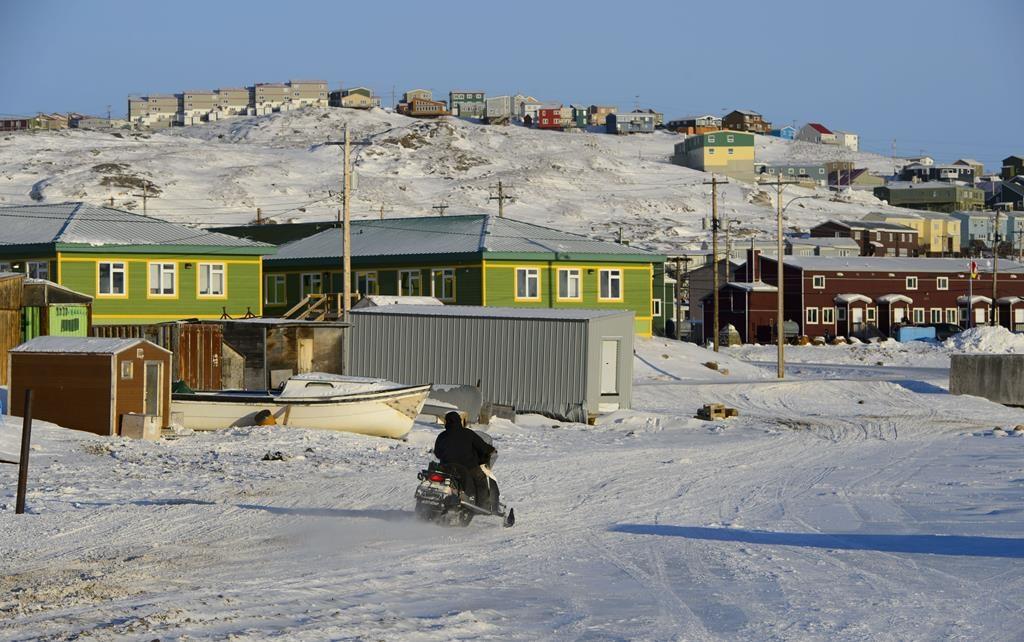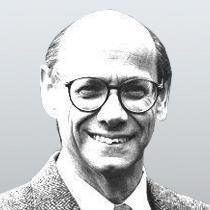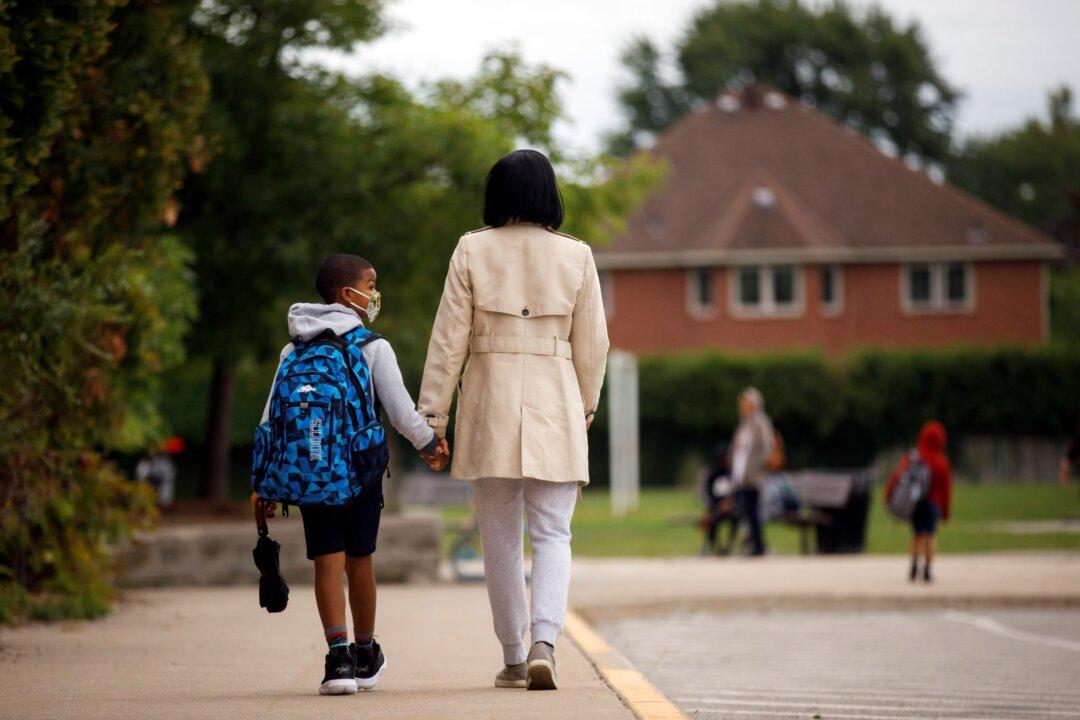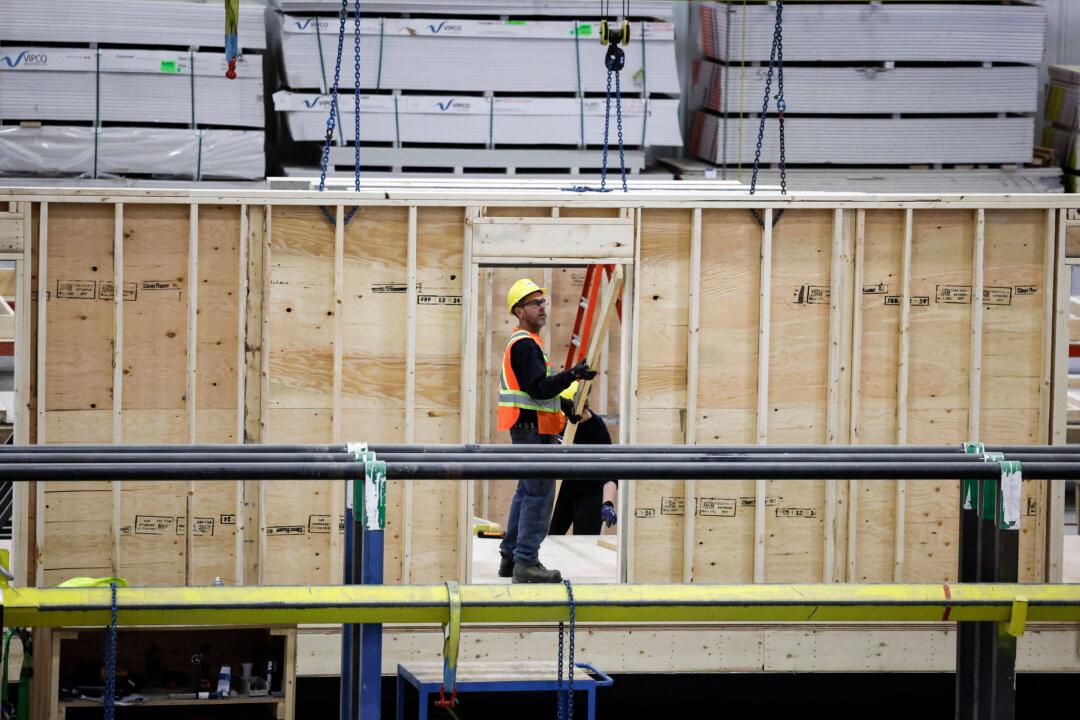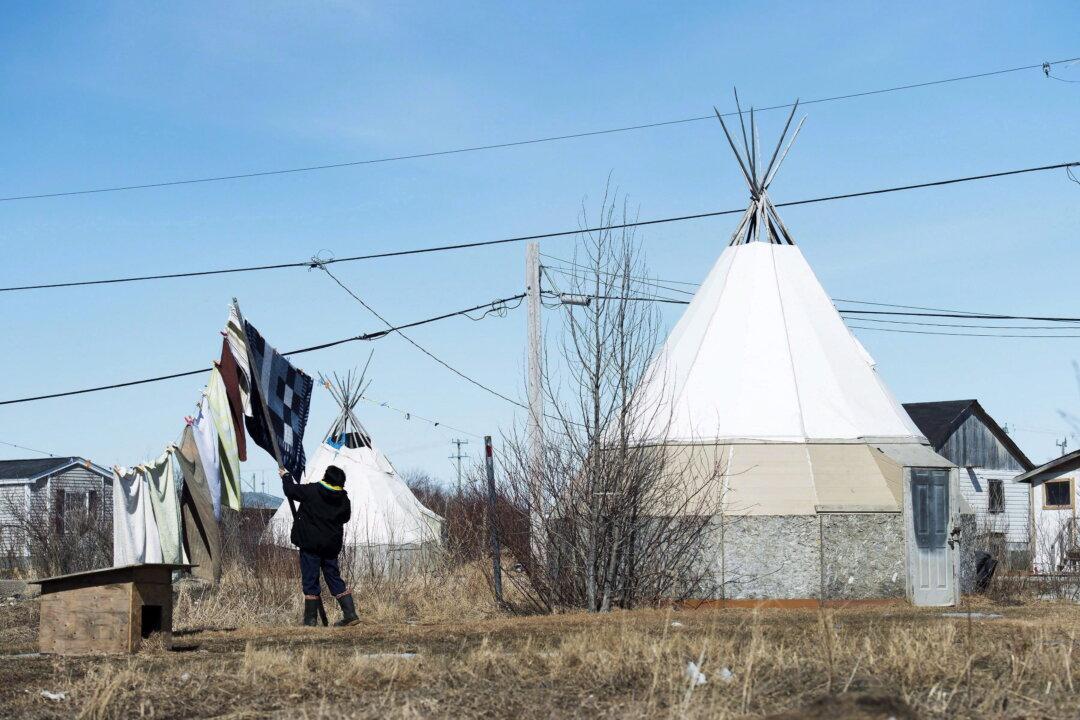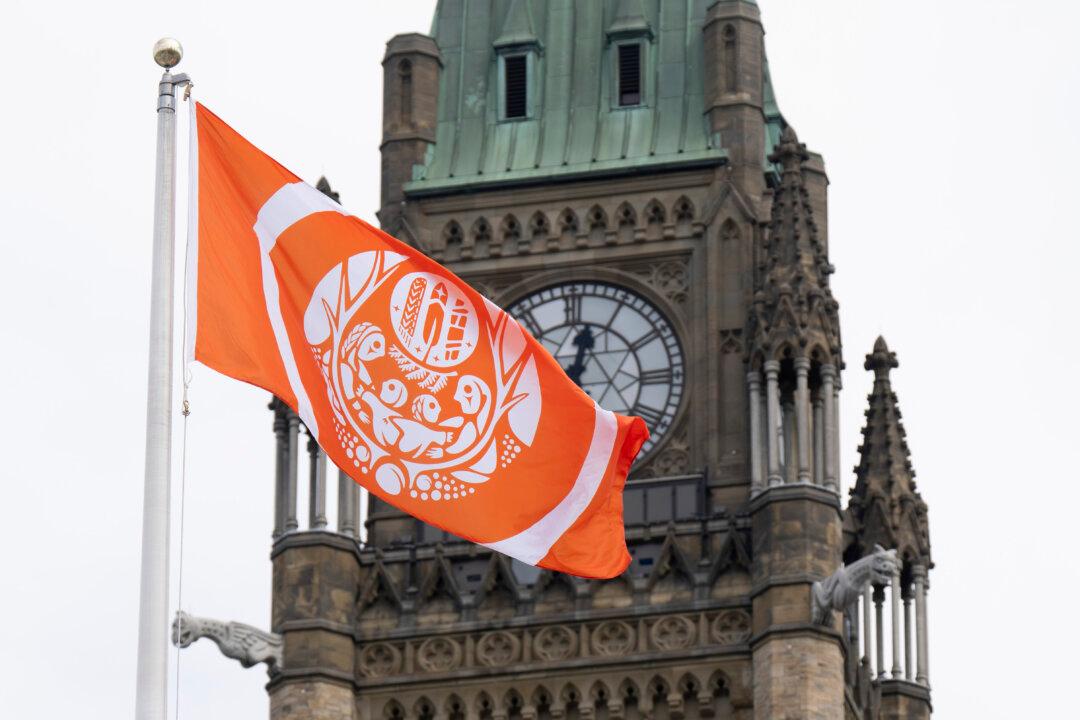Commentary
Even many ostensible conservatives buy into the indigenous iconography of a pre-industrial Garden of Eden—and so-called reconciliation under the U.N.’s Declaration on the Rights of Indigenous Peoples (UNDRIP). It’s enough that misplaced romanticism condones the transfer of untold billions of dollars without accounting for where it goes.
